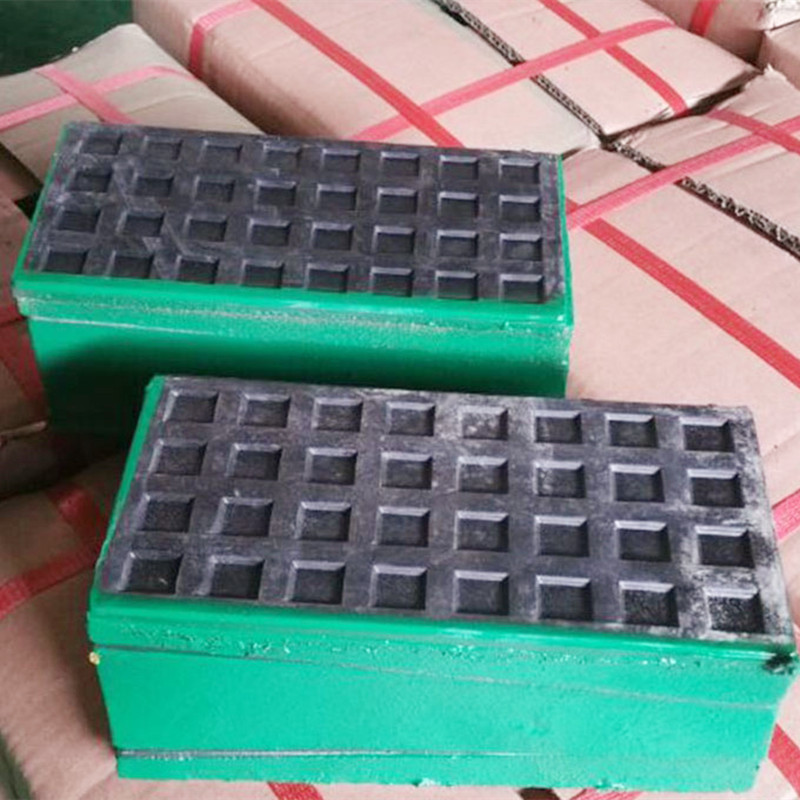Dec . 03, 2024 16:38 Back to list
water control valves types
Understanding Different Types of Water Control Valves
Water control valves are crucial components in various hydraulic and pneumatic systems, enabling the regulation of water flow and pressure in industrial, agricultural, and municipal applications. These valves help manage flow rates, enhance system efficiency, and prevent damage to equipment. With many types of water control valves available, it is essential to understand their functions, applications, and characteristics to choose the right valve for specific needs. Here, we explore the different types of water control valves commonly used in various settings.
1. Gate Valves
Gate valves operate by raising or lowering a gate to allow or block water flow. They are primarily used in applications where the valve is either fully open or fully closed, making them ideal for on/off services. When fully opened, gate valves have minimal resistance to flow, making them suitable for large pipe systems where unrestricted water flow is desired. However, they are not designed for throttling purposes and should not be used in applications requiring frequent adjustments.
2. Globe Valves
Globe valves are designed to provide excellent throttling capabilities. Their internal structure features a spherical body that allows the flow to change direction, creating resistance and enabling more precise control over the water flow rate. They are versatile and widely used in piping systems for regulating flow. However, globe valves can create higher pressure drops and are generally used in smaller diameter pipes or applications where flow control is critical.
3. Ball Valves
Ball valves utilize a hollow, perforated sphere (the ball) that rotates within the valve body to control flow. They are known for their durability and ability to create a tight seal, allowing for complete shut-off when fully closed. Ball valves are quick to operate, requiring just a quarter turn to either open or close. They are particularly useful in applications that need reliable sealing and rapid shut-off capability, making them popular in both residential and industrial systems.
water control valves types

4. Butterfly Valves
Butterfly valves consist of a rotating disc that pivots on a shaft to control flow. These valves are lightweight and compact, making them advantageous in systems where space is limited. They can be used for throttling and are effective in large diameter pipes and low-pressure applications. Butterfly valves are commonly found in water treatment facilities, HVAC systems, and various industrial processes due to their ease of operation and cost-effectiveness.
5. Check Valves
Check valves, also known as non-return valves, prevent backflow in piping systems. They automatically allow flow in one direction and close when the flow reverses, protecting equipment from damage. Check valves are vital in preventing contamination in water supply systems by ensuring that water flows in the intended direction only. There are various designs of check valves, including swing type, lift type, and ball check valves, each selected based on specific application requirements.
6. Pressure Relief Valves
Pressure relief valves hold significant importance in protecting plumbing and equipping systems from overpressure. These valves automatically open at a pre-determined pressure to release excess water, preventing pipeline bursts or equipment failure. Pressure relief valves are critical in various industries, including oil and gas, water treatment, and manufacturing, where system pressure must be meticulously controlled.
Conclusion
The selection of an appropriate water control valve significantly influences system performance, reliability, and longevity. Understanding the different types of valves, including gate, globe, ball, butterfly, check, and pressure relief valves, enables engineers and system designers to make informed decisions tailored to specific application needs. By considering factors such as flow control requirements, pressure conditions, and space limitations, stakeholders can optimize their systems for efficiency and safety. Whether in residential plumbing or complex industrial machinery, the right choice of water control valve is pivotal to maintaining effective flow management.
-
Precision Manufacturing with Advanced Spline Gauge DesignNewsJul.31,2025
-
Industrial-Grade Calibrated Pin Gauges for Exact MeasurementsNewsJul.31,2025
-
Industrial Filtration Systems Depend on Quality Filter DN50 SolutionsNewsJul.31,2025
-
High-Performance Gate Valve WholesaleNewsJul.31,2025
-
Granite Surface Plate The Ultimate Solution for Precision MeasurementNewsJul.31,2025
-
Granite Industrial Tools The Ultimate Guide for Bulk BuyersNewsJul.31,2025
Related PRODUCTS









